
If you are a portrait or beauty photographer and are thinking of getting a new 100mm Macro lens, but don’t know which of the two to go with – original or L-series – you may want to continue reading. If the difference in their price is not a big deal for you and you like the red line on all of your working lenses, then the L-series lens is obviously your best bet, but if you are on a budget and want to make sure that the extra few hundred bucks are worth the investment, stay with me, as this article is for you.
I have been shooting beauty and portraits in-studio with my Canon EF 100mm f/2.8 Macro lens for about four years by now. Almost everything you see in my portfolio is photographed with this baby. My one and only reason for choosing this lens over its L-series sibling is its cost, which was a little over $1,000 at the time, practically double the price of the original 100mm Macro lens. I didn’t care much for the Image Stabilization feature because I was only going to use it in a very controlled environment, so it was an easy decision for me to go with the one that was much less expensive.
Over the years, I have had a couple of opportunities to shoot with the L-series 100mm Macro lens and I have also been asked dozens of times by fellow photographers and my students if the L-series lens was worth the investment.
And I just didn’t think so.
While shooting and filming our Go Pro: Studio Beauty video course a couple of years ago, my co-author Aleksey Dovgulya was using his favorite Canon 70-200mm f/4 lens while I was shooting with my 100mm Macro. When we downloaded all of our images into a shared folder we were amazed at how much sharper my 100mm Macro lens was.
There was a seriously noticeable difference, and paying more for the lens that provides that much more sharpness in the images would make total sense, only, ironically, my 100mm lens was almost 3 times cheaper than his zoom lens. Of course, it’s pointless to compare a prime 100mm lens to a very versatile 70-200mm zoom lens, as they are not really interchangeable. But what about 100mm original vs 100mm L-series lenses? Is there a significant difference in the quality of the images they produce to justify the difference in their price regardless of all of the marketing praise?
Finally, thanks to SLR Lounge, I got to do it. I shot and tested both lenses to compare I am delighted to share my discoveries with you.
I recently fell in love with macro beauty photography, which is a perfect field for comparison of the two lenses, so last week I brought both lenses to my shoot. Being an artist, I am not overly technical, so I don’t think I am qualified to do the most technical comparison of the lenses, and that wasn’t my intention. The idea was to compare how these two lenses behave in the hands of a studio beauty and portrait photographer and what the extra few hundred dollars really buys you when you’re purchasing the 100mm L-series lens.
In July 2009 Canon announced the development of their new Optical Hybrid Image Stabilization system which compensates for both rotational and linear camera shake. And later that year the new Canon EF 100mm F2.8 L IS USM Macro lens came out becoming the first lens in which the new technology was used. As Canon stated in their press release the new lens, “…enables photographers to capture stunning close-up shots without the need for a tripod.”
The new IS wasn’t the only extra feature added to the older 100mm lens, as the optics and weather-sealed build that come with the “L-series” title caused the new lens to hit the market at a significantly higher price (US $1,049 at the time of its release).
There is a handful of technical claims and praises, but I am just an artist and being a girl, all those technical terms phase me out, so I judge a lens quality solely by the quality of my images. I believe there are many artists out there like myself, so let’s just look at the practical usage and the actual results from my shoot.
Since my test was performed specifically for studio beauty and portrait photography there are a few things that mattered to me:
1. The overall sharpness of the details in the image
2. AF speed
3. Lens performance at various distances for Macro Beauty
THE OVERALL SHARPNESS
I was shooting on my new Canon 5Ds at ISO 200, f/10 and 1/125, handheld since Canon’s press release suggested we shouldn’t need a tripod when shooting with this lens.
The images I captured with both lenses looked perfectly sharp in the head-and-shoulders images in full size as well as zoomed in at 50% and 100%:
at 50% zoom:
And at 100% the sharpest details captured with both lenses:
Image credits: Model Lauren Johnson of NOUS models, skin work by Lupe Moreno makeup by Vlada Haggerty photography & post-production by Julia Kuzmenko
When you’re inspecting the details to compare, make sure you are comparing the details that are captured along the focus plane. You may notice some softer edges on the teeth, but it’s not the sharpness of the lens that caused it, they are simply slightly outside of the depth of field.
So far, I am not noticing any advantages.
AUTO-FOCUS SPEED
When it comes to auto-focus, the more expensive L-series lens, unfortunately, loses points for me, as it wasn’t as quick and confident as that of my old 100mm Macro.
Not only does it get very confused as soon as the modeling light becomes slightly dimmed, it often “spins it wheels” trying to focus even in normal light conditions. And this wasn’t just this very lens that I had for the test, the other lenses of this model that I had shot with before were just as slow to focus. Not always, but much too often for me.
MACRO PERFORMANCE
The minimal focus distance setting on both lenses was set to 0.5m to infinity for these shots and my good old non-L-series lens didn’t let me down here as well.
Let’s take a look at what I got, these are identically sized crops of the frames captured with Canon 5Ds at ISO 200, f/16 and 1/160 sec.
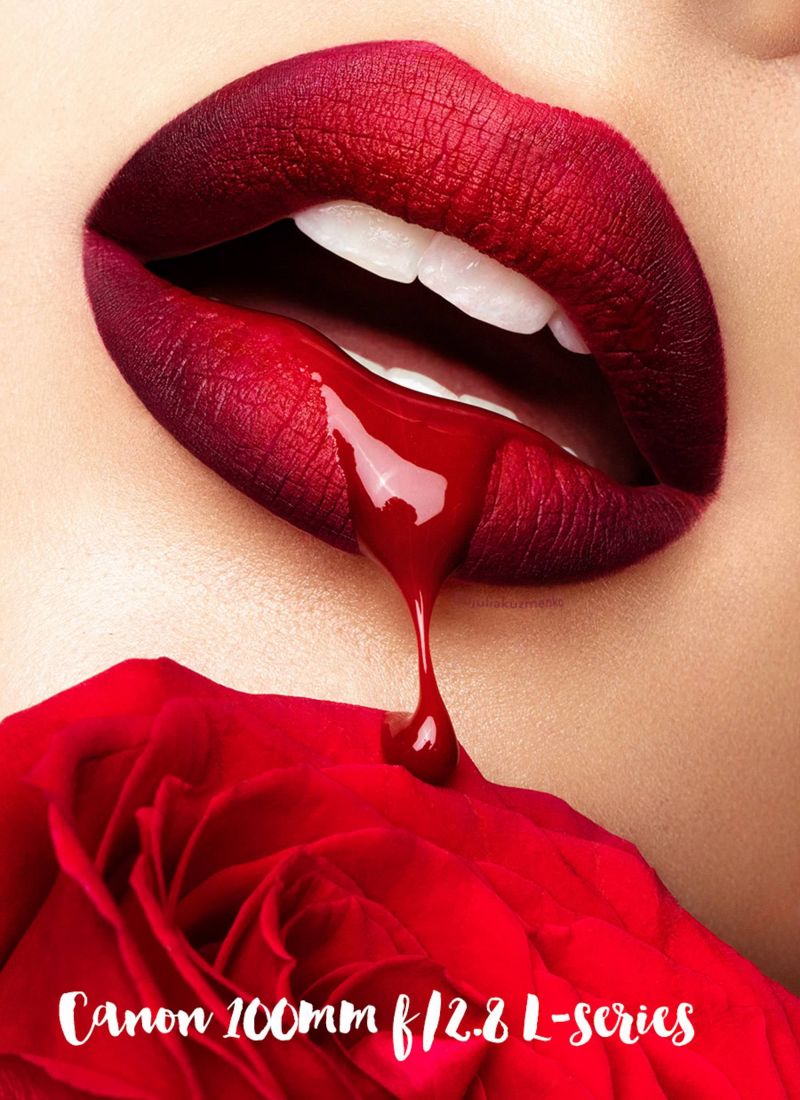

And at 100% zoom:
Additionally, I have taken a few more shots to test the Minimal Focus Distance on both lenses. I photographed a little tube of lip gloss Melted by Too Faced, that I inherited after some of our shoots with my colleague, Makeup Artist Vlada Haggerty.
For this shot, I got real close, and again my old lens was doing much better in terms of focus speed than the L-series lens.
Again, I really don’t see any sharpness differences, but there is a difference, and it’s in the colors. Both images are photographed on the same camera, with the same lighting and have absolutely the same Raw file settings, yet the photo captured with the L-series lens is more vibrant and has slightly more contrast, while the colors in the picture captured with my old lens are slightly washed out. I am not completely convinced that this is a positive difference, though, and it may also be that my old lens is just really old.
It was difficult to nail the same focus plane shooting handheld at such a distance, but a tripod would defeat the purpose of the test.
I hope these images will help you decide whether or not you need the more expensive L-series lens. I went into this test slightly biased towards the original lens, and the test has only confirmed my pre-existing opinion.
Maybe there are other applications where the L-series’ high-end features will make a difference, but if portrait and beauty photography is what you need this lens for you might choose the less expensive version of the lens and not miss out on anything.
[REWIND: BEAUTY & FASHION PHOTOGRAPHY | THE SPECIFICS THAT DIVIDE THE GREAT FROM THE MEDIOCRE]
Gear:
Canon EF 100mm f/2.8 Macro USM Lens
Canon EF 100mm f/2.8L Macro IS USM Lens
*This review was originally published in June 2016

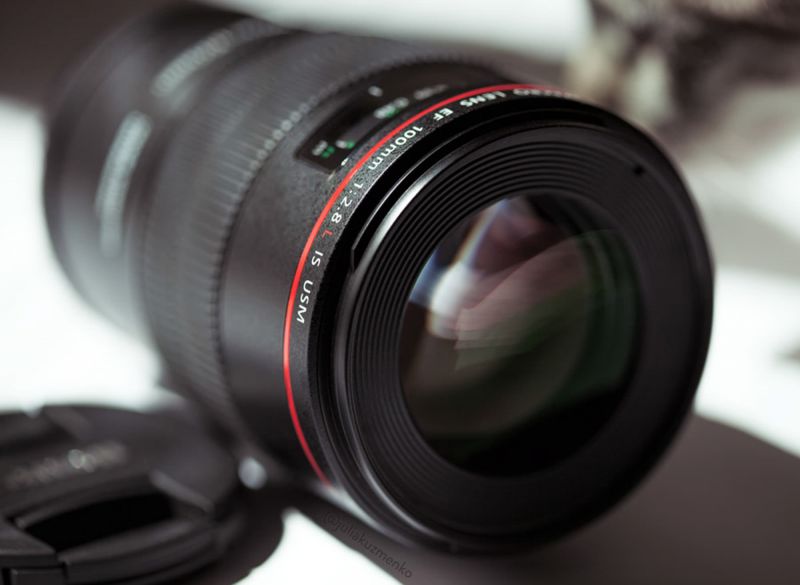





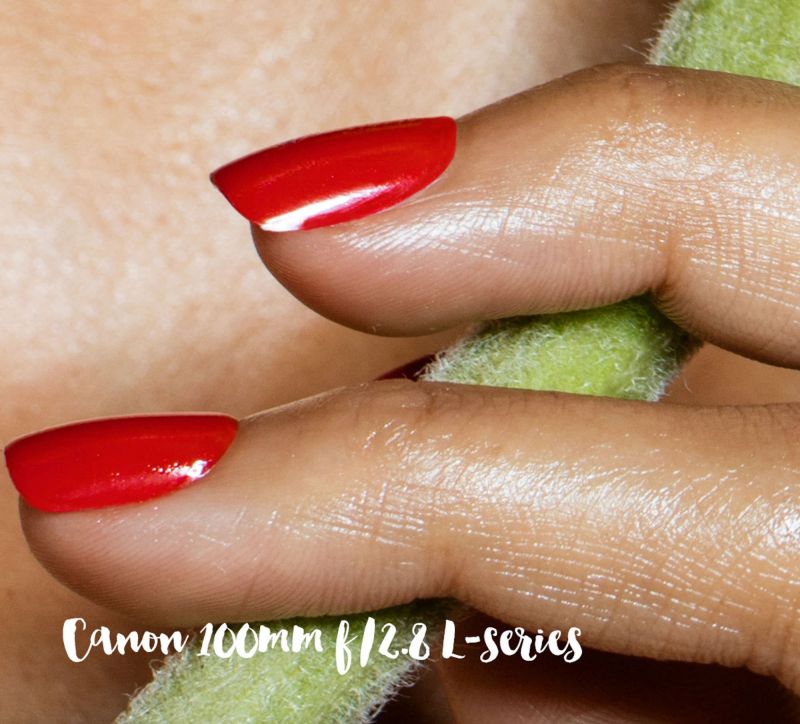



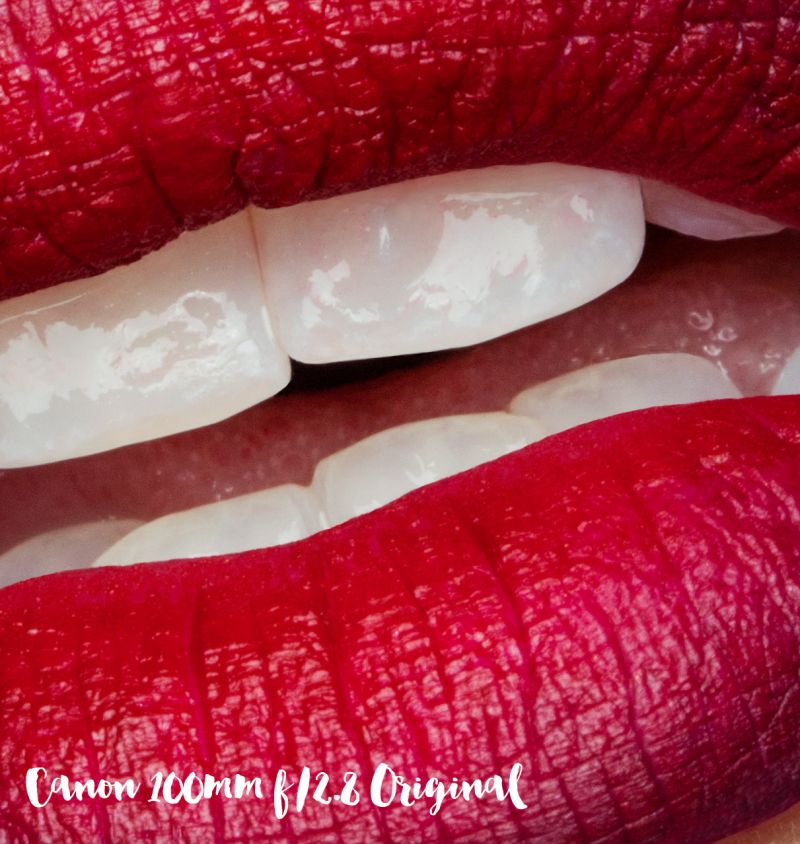



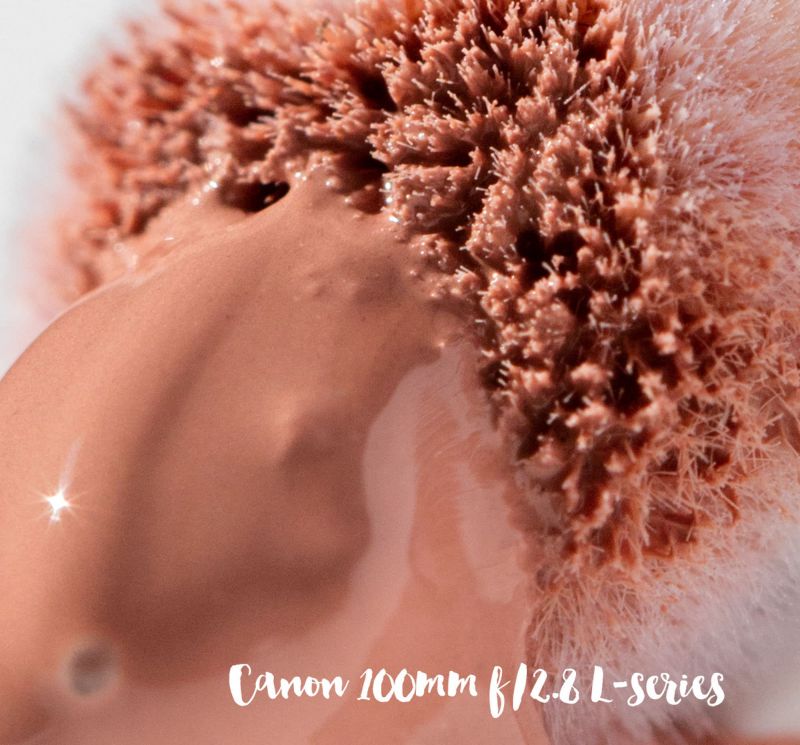




Get Connected!